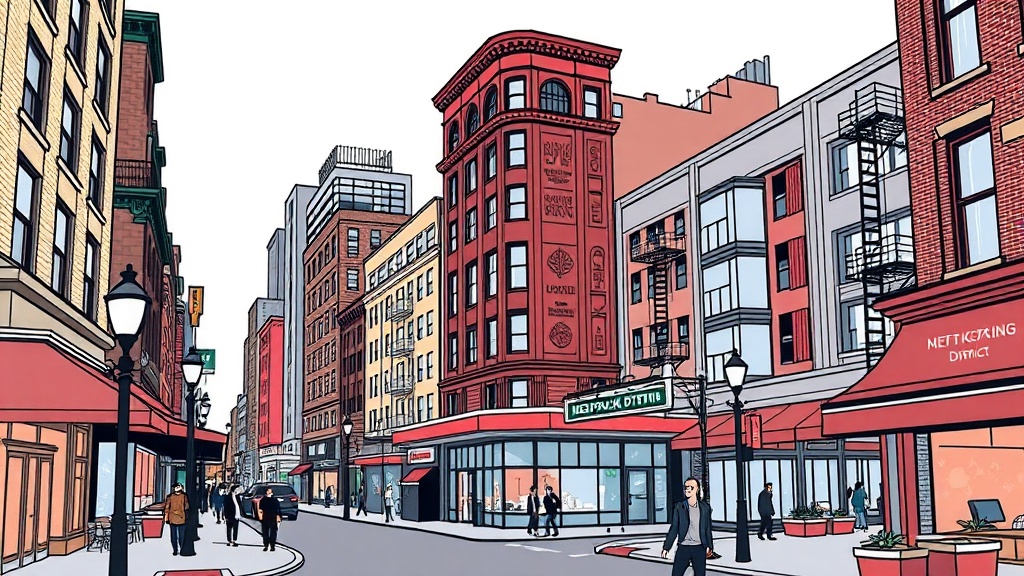The Meatpacking District has evolved from a gritty industrial hub into one of the city’s most dynamic neighborhoods, where cobblestone streets and brick warehouses meet high-end boutiques, art spaces, and vibrant nightlife.
It’s a compact area with a big personality, offering a mix of history, design, dining, and people-watching that appeals to locals and visitors alike.
A neighborhood of contrasts
Originally built around slaughterhouses and packing houses, the district’s industrial bones remain visible: cobbles, exposed steel, and converted factory facades give the area its distinctive texture. Adaptive reuse has turned many of those structures into stylish flagship stores, design showrooms, galleries, and tech offices, while planners and preservationists have kept the streetscape character intact. That balance of old and new creates an atmospheric backdrop that feels both authentic and contemporary.
Anchor attractions
One of the biggest draws is the elevated public park that runs along the neighborhood’s edge. The park’s plantings, pathways, and viewpoints transformed a disused rail line into a green spine that funnels visitors through the district and connects to a major modern art museum at its southern terminus. Nearby, a bustling market in a converted factory offers an irresistible combination of artisanal food vendors, specialty shops, and casual eateries—perfect for sampling local flavors or grabbing an espresso before a walk.

Dining, nightlife, and shopping
Culinary options range from intimate, chef-driven restaurants focused on seasonal produce to upscale steak and seafood houses that nod to the area’s past. Rooftop bars and late-night lounges make the district a nightlife magnet, while many venues keep a smaller, reservation-friendly footprint—booking ahead is recommended for weekend evenings.
Retail here leans toward curated, design-oriented shops and fashion flagships, making the neighborhood a destination for trend-spotting and window shopping as much as for purchases.
Culture and events
The district hosts frequent pop-ups, gallery openings, and design-related events that attract creative communities across the city. Public art installations and seasonal programming along the elevated park add unexpected moments of discovery during a stroll. Evenings often bring a mix of gallery receptions and energetic dining crowds, while daytime is ideal for quieter museum visits and leisurely market browsing.
Practical tips
– Getting there: multiple subway lines serve nearby stations, making the district easily accessible from many parts of the city. Walking and biking are convenient ways to explore the compact area.
– Footwear: the cobblestones are charming but uneven—comfortable shoes are a must.
– Timing: weekdays offer a more relaxed pace for galleries and shops; weekends are lively and better for people-watching and nightlife.
– Reservations: popular restaurants and rooftop bars fill quickly; reserve in advance when possible.
– Explore side streets: some of the best finds—small galleries, hidden bars, and specialty food shops—are tucked away from the main thoroughfares.
Why it remains relevant
The Meatpacking District’s appeal lies in its constant reinvention while retaining tangible links to its industrial past. It continues to attract ambitious restaurateurs, designers, and cultural institutions that value the neighborhood’s unique blend of historic fabric and modern energy. Whether you’re exploring on foot, sampling market bites, or catching an evening exhibition, the area offers a compact, walkable slice of urban life that feels both familiar and continually fresh.